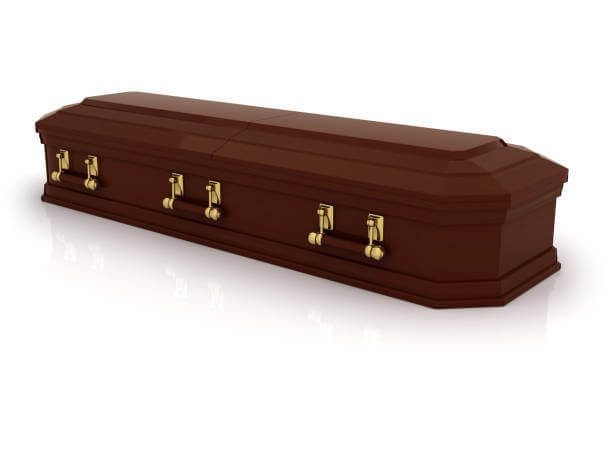Shoes In Casket? It’s Up To The Family! #Funeralattire
The final resting place of a loved one is a momentous occasion that requires careful consideration and planning. Every detail, from the flower arrangements to the clothing and shoes worn by the deceased, is chosen with great care to ensure that the final goodbye is a fitting tribute to the life that was lived.
While some may view the decision of whether or not to include shoes in the casket as a trivial matter, it is one that is steeped in tradition and deeply personal to each family. The question of shoes in the casket is a matter of great importance, as it speaks to the way in which the deceased is remembered and honored.
For many years, it was customary to dress the deceased in their best attire, complete with shoes and other accessories. However, in recent years, there has been a shift towards prioritizing comfort and personal style over traditional funeral attire. This shift has led to a more individualized approach to funeral planning, with families taking a more active role in the decision-making process.
Ultimately, the decision of whether or not to include shoes in the casket is one that is left up to the family, as they are best equipped to make a decision that reflects the wishes and personality of their loved one.
Deceased Clothing and Shoes
The decision of whether or not to include shoes in the deceased’s attire in a casket or coffin is typically left up to the family. Funeral directors will dress the body in clothing provided by the family and will assume that shoes are not required if not provided. Half-couch caskets are currently the most common type of casket, which exposes only the upper body of the deceased. This means that shoes are often left off, as they are not visible to mourners during the funeral service.
Choosing clothing for the deceased can be a personal and emotional decision for the family. Some families choose to dress their loved ones in traditional funeral attire, while others opt for comfortable clothing that represents the deceased’s personality or interests. It is becoming more common to bury loved ones in comfortable clothing instead of dressing them up.
Additionally, significant weight loss can make finding appropriate clothing and shoes difficult, and rigor mortis can make putting on shoes challenging. Ultimately, the decision of whether or not to include shoes in the deceased’s attire is up to the family, and funeral directors will work with them to ensure that their loved one is dressed appropriately and with dignity.
Embalming Process
During the embalming process, the mortician removes the blood from the deceased and replaces it with a preservative fluid, akin to a lifeless vessel floating in a sea of embalming fluid.
The process involves injecting the fluid into the arteries and draining the blood from the veins, which allows the body to be preserved for an extended period.
This process is necessary to maintain the appearance of the deceased during an open casket service, allowing loved ones to say their final goodbyes.
While the embalming process has been a long-standing tradition in the funeral industry, there has been a growing movement towards natural burial.
The benefits of natural burial include decreased environmental impact, reduced funeral costs, and the preservation of the natural state of the body.
In natural burial, the body is not embalmed, and the casket or shroud is made of biodegradable materials.
This allows the body to decompose naturally, returning to the earth in a way that supports the environment.
As with any decision regarding funeral attire, it is up to the family to choose what is best for their loved one, whether it be a traditional embalming process or a natural burial.
Funeral Director’s Role
Funeral directors play a crucial role in dressing the deceased in appropriate clothing and undergarments. They work closely with the family to determine what clothing is best for the deceased, taking into consideration funeral attire trends and family preferences.
In recent years, there has been a shift towards burying loved ones in comfortable clothing instead of traditional formal wear. Some families choose to forego shoes for the funeral process, allowing their loved ones to rest comfortably.
Funeral directors also apply undergarments to the deceased before clothing, ensuring that the outer clothing is protected and the deceased is presented in a modest manner. They tend to have little trouble putting on undergarments the traditional way, but putting on shoes can be challenging due to rigor mortis or significant weight loss.
If the family provides shoes, funeral directors will make every effort to ensure that they are properly fitted and secured on the deceased’s feet. Ultimately, the decision to include shoes in a casket or coffin lies with the family, and funeral directors will respect their wishes.

